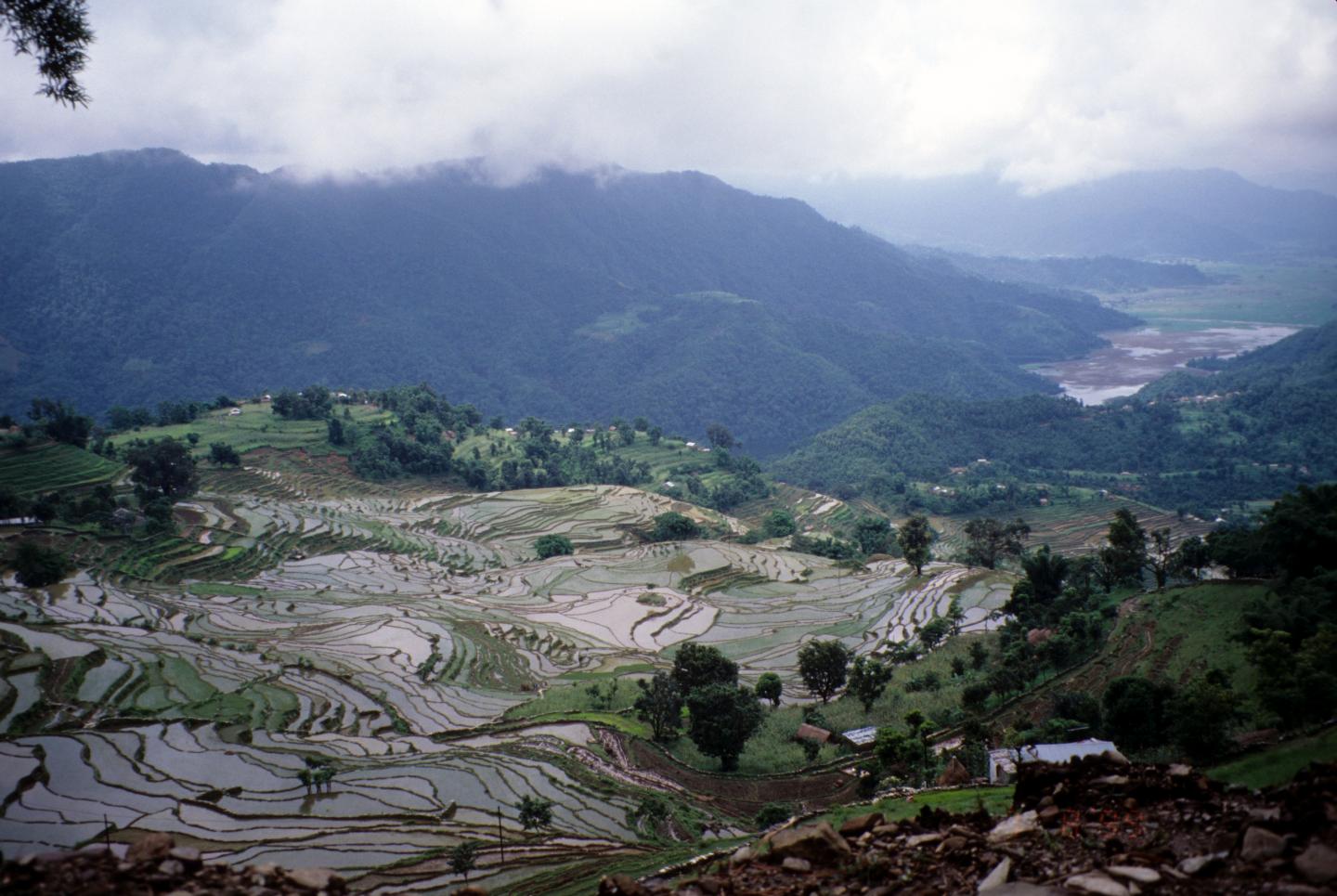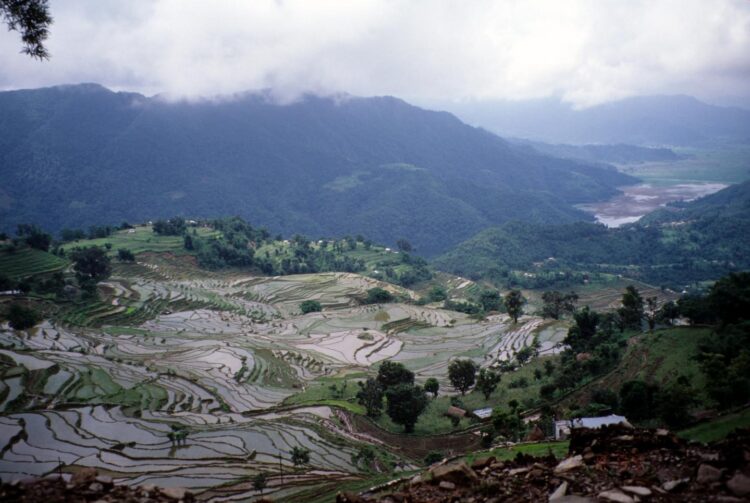
Credit: Erle Ellis
Professor Nicole Boivin, Director of the Department of Archaeology at the Max Planck Institute for the Science of Human History in Jena, Germany, is part of an international initiative to examine the implications of past land use for contemporary conservation efforts.
The multi-disciplinary team, which includes archaeologists, ecologists, anthropologists and conservation managers, has reconstructed ancient population and land use to show that already by 12,000 years ago, humans had re-shaped much of the terrestrial biosphere.
Their data challenge the idea that conservation is about returning lands to their natural and pristine state.
“Much of the land area we regard today as ‘wild’ has in fact been shaped by millennia of human activity,” observes Professor Boivin. “But not all human activity is ‘bad.’ Our study found a close correlation between areas of high biodiversity and areas long occupied by Indigenous and traditional peoples.”
Beginning thousands of years ago, human societies have long re-shaped landscapes through practices of burning, management, agriculture and plant and animal domestication. These activities have made landscapes more productive for human use. But what is also clear is that in many cases they have supported high species richness and enriched biodiversity.
“The problem is not human use per se,” notes Professor Boivin. “The problem is the kind of land use we see in industrialised societies – characterized by unsustainable agricultural practices and unmitigated extraction and appropriation.”
The work has major implications for conservation practices. Rather than trying to return land to an unattainable ‘pristine’ state, the authors demonstrate how many conservation efforts would achieve more by empowering traditional and Indigenous societies and supporting local, community-based sustainable ecosystem management.
By comparing millennia of global land use with current levels of biodiversity, the scientists demonstrate how natural and cultural heritage often go hand in hand. “Conservation has so much to gain from working more closely with archaeologists and anthropologists to understand the long-term history of the regions they work in,” says the study’s lead author, Professor Erle C. Ellis of the University of Maryland, Baltimore County.
“Some earlier conservation efforts focused on removing people from the equation to protect natural landscapes, or to allow human-altered landscapes to return to their pristine state,” states Professor Boivin. “We are arguing for something different. We need to recognize that some types of human activity – particularly more traditional land management practices that we see in the archaeological record or practiced today by many Indigenous peoples – are actually really supportive of biodiversity. We need to promote and empower that.”
###
Media Contact
AJ Zeilstra
[email protected]
Related Journal Article
http://dx.





